On one of my birdwatching trips this May, I came across a warbler banding station, and had a chance to see them closer than I've ever seen before. This one is a Canada Warbler:
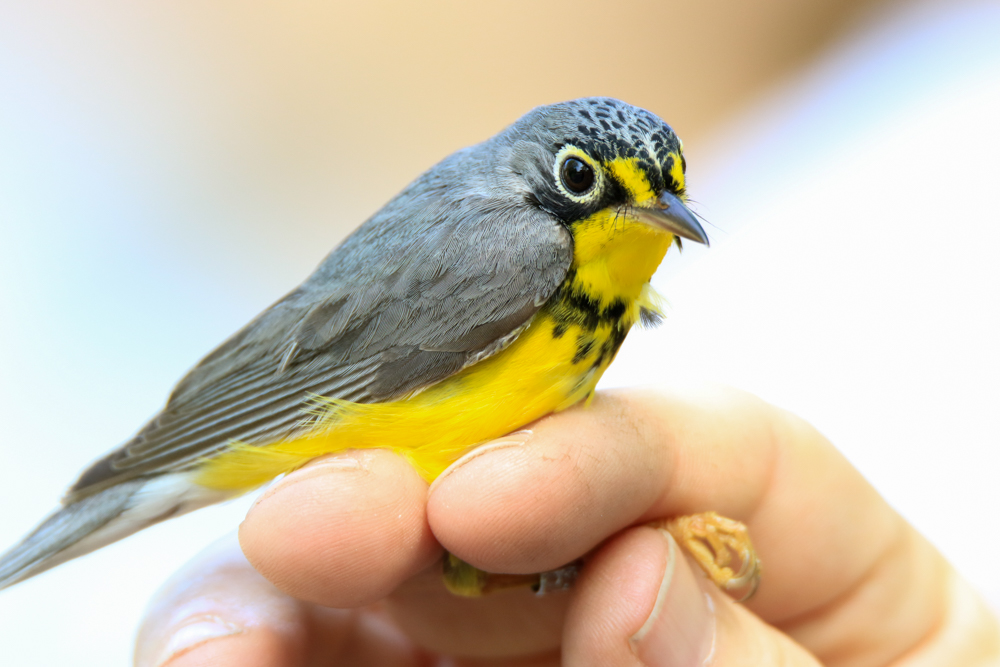

Wilson's Warbler:
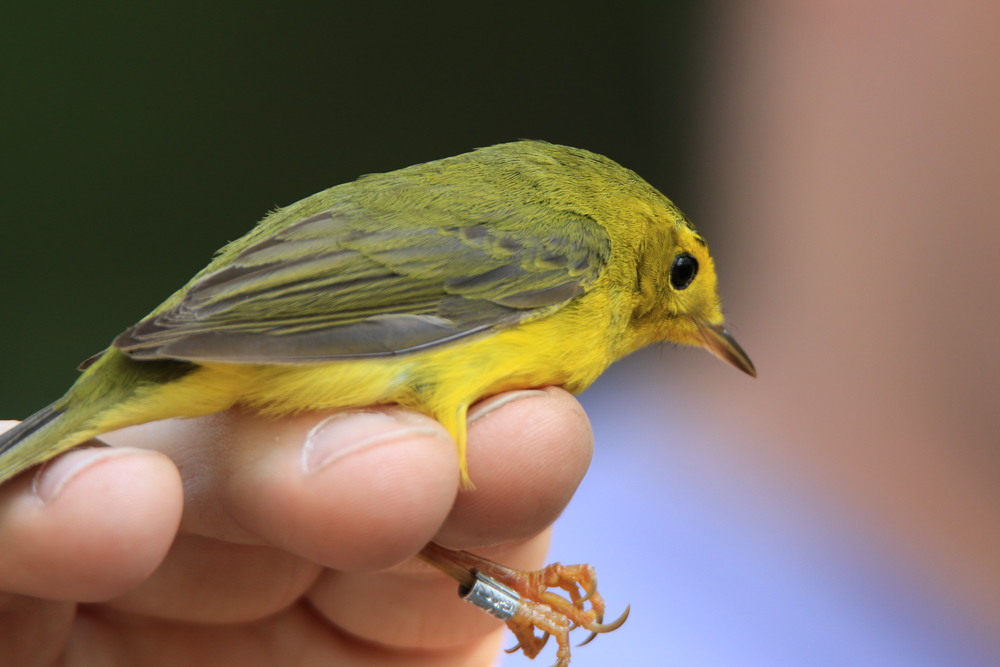
Up close, you realize how small these birds really are!
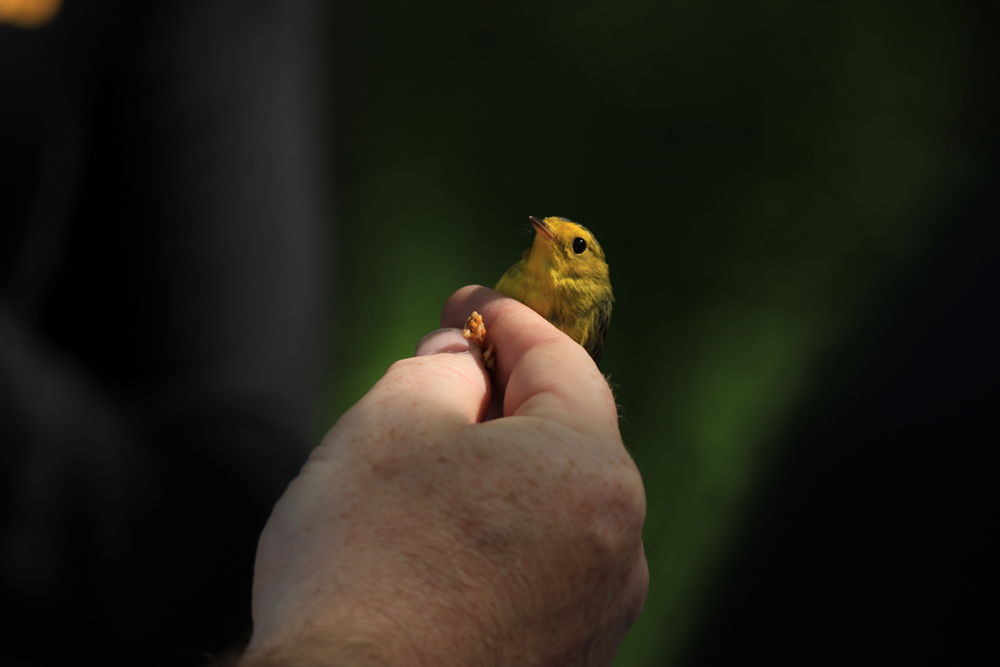
Scarlet Tanager. Tanagers are generally birds of the tropics. This one has the most northern distribution.
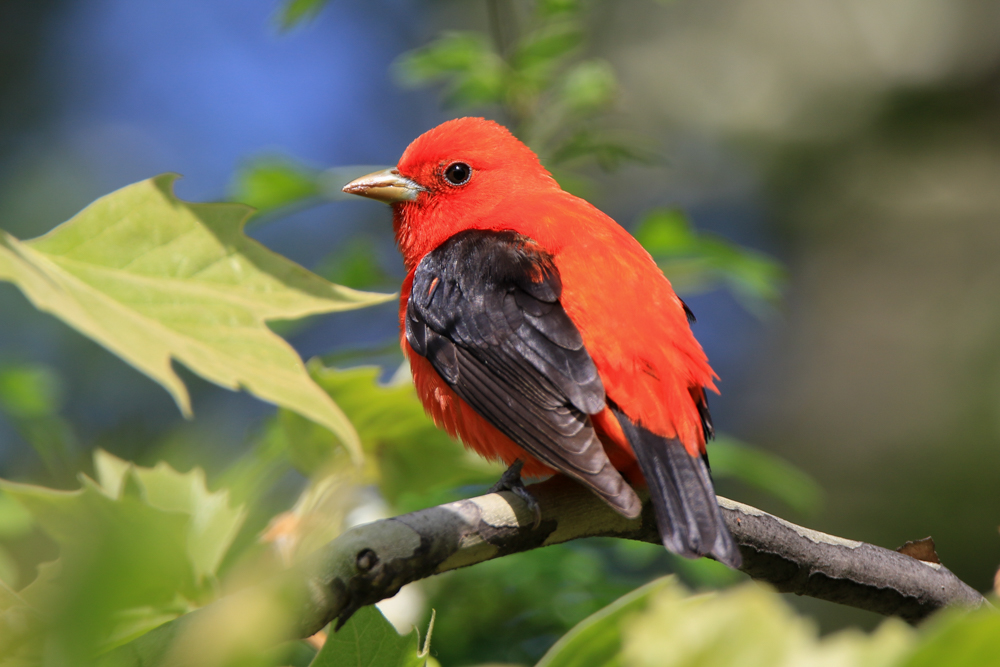
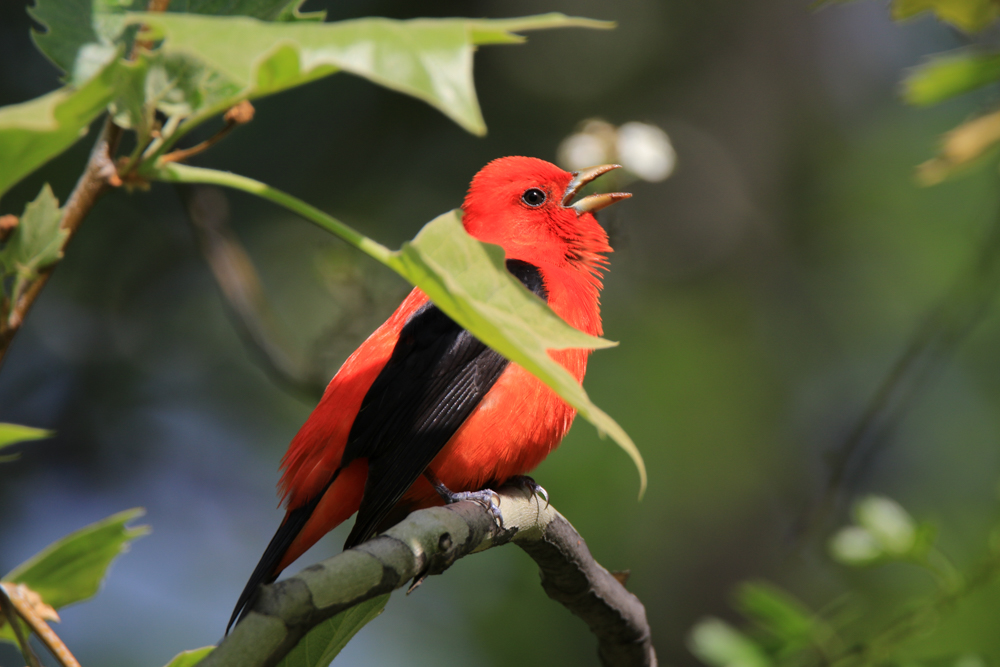
Golden-Winged Warbler. It's becoming very rare, partially during to climate warming, and partially due to hybridizing with Blue-Winged Warbler (see below), which has all the dominant genes.
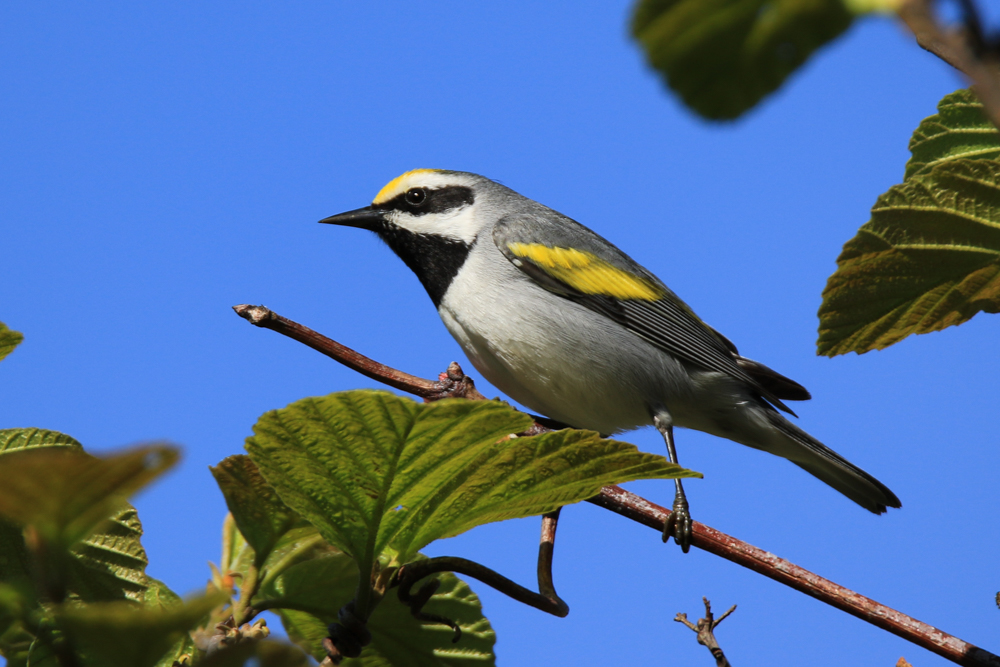
Hooded Warbler. Seen in an upstate NY forest - he northernmost edge of its habitat.
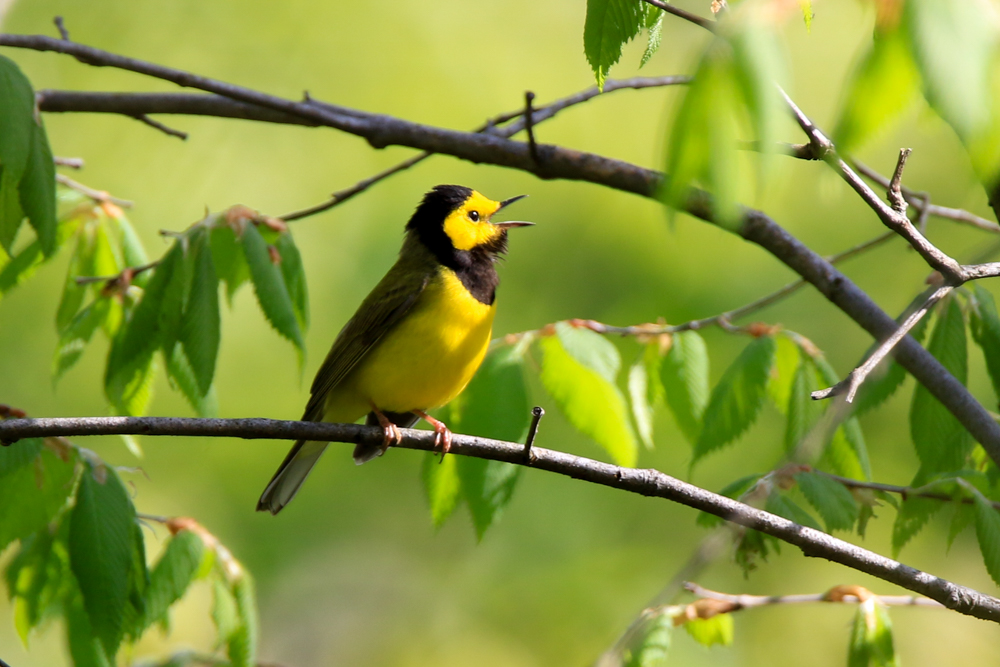
Chestnut-sided Warbler. This one was in Central Park. One of the few birds for whom the clearing of forests has been beneficial, and they expanded in numbers.
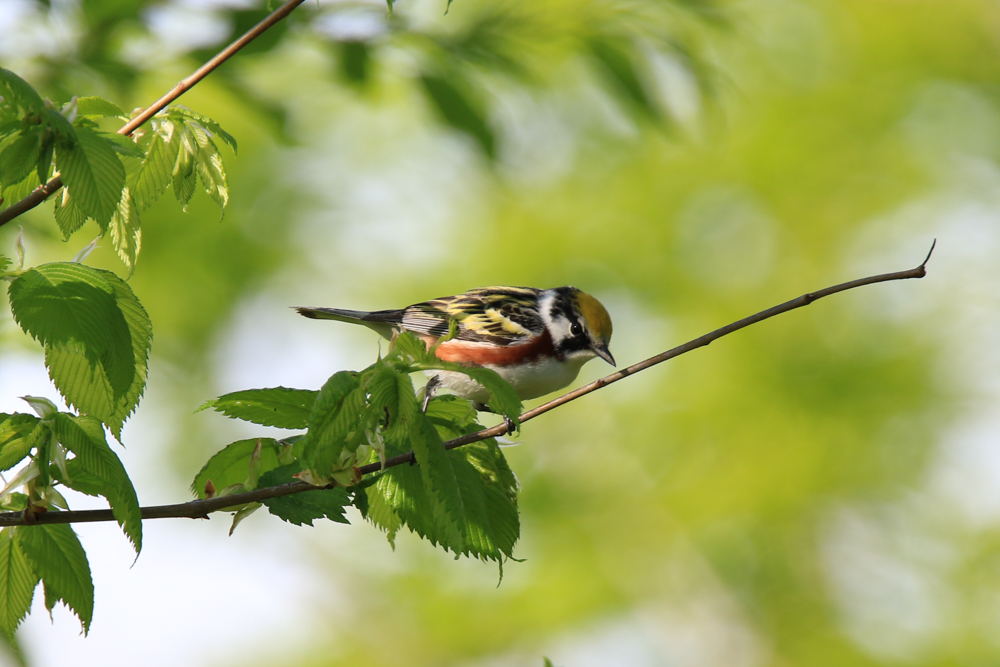
Kentucky Warbler. It took me two trips to an upstate forest to get it. It is rare this far north.

Cape May warbler. Despite its name, has nothing to do with Cape May, which it passes only on migration. It winters in the Caribbean and breeds in the north of Canada.

Common Yellowthroat. It is pretty common, but secretive, and only occurs near the water.

Ovenbird. It's one of the largest warblers, but unlike others it stays on the bottom of the forest.
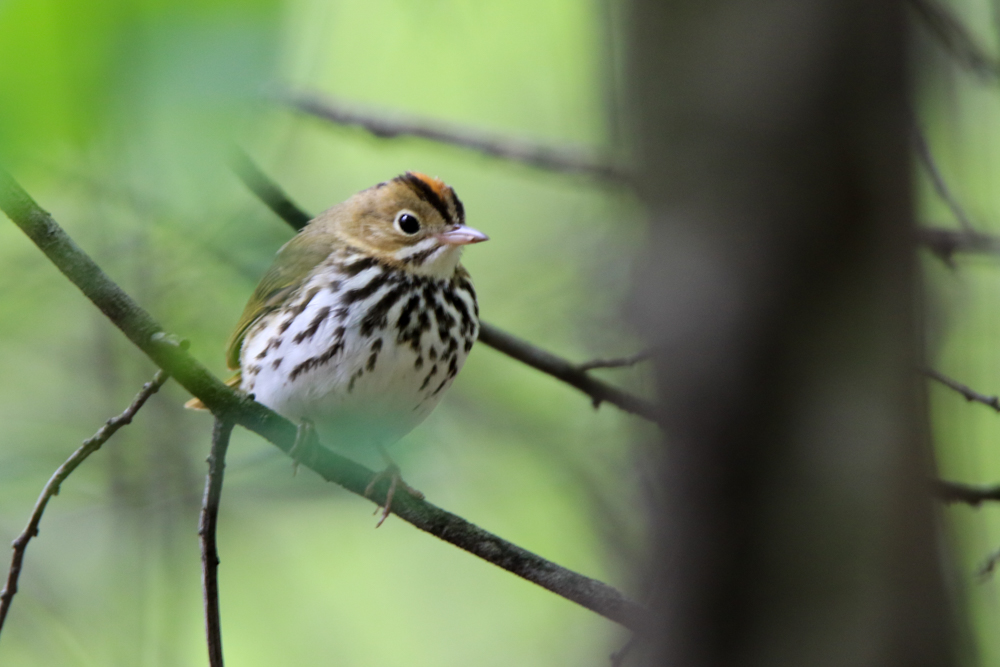
Blue-Winged Warbler:
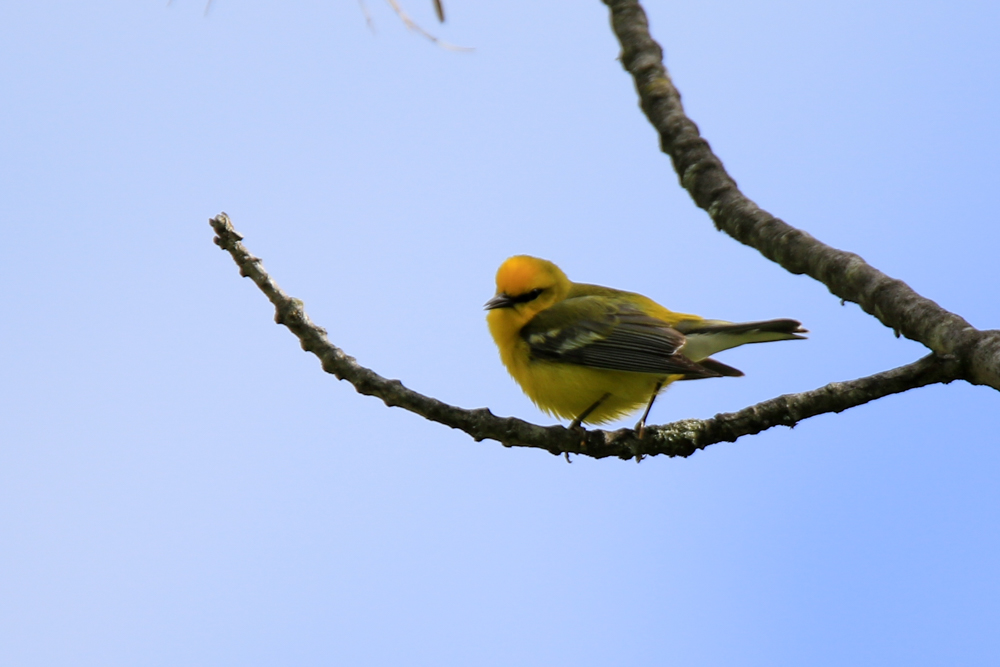
Black-throated Blue Warbler:
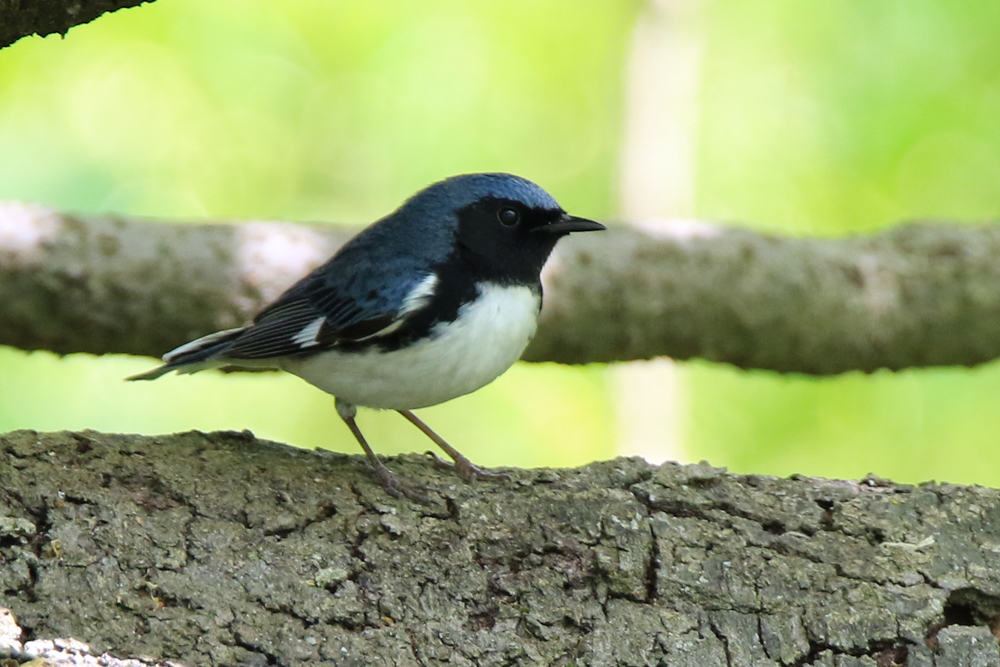
Baltimore Oriole:

Magnolia Warbler: named by chance, since the first one observed by an ornithologist was in a magnolia tree.

Yellow Warbler. Had it been rare, people would drive for miles to see its brilliant yellow shape. But it is probably our most common warbler - it's found anywhere near water, all over North America.
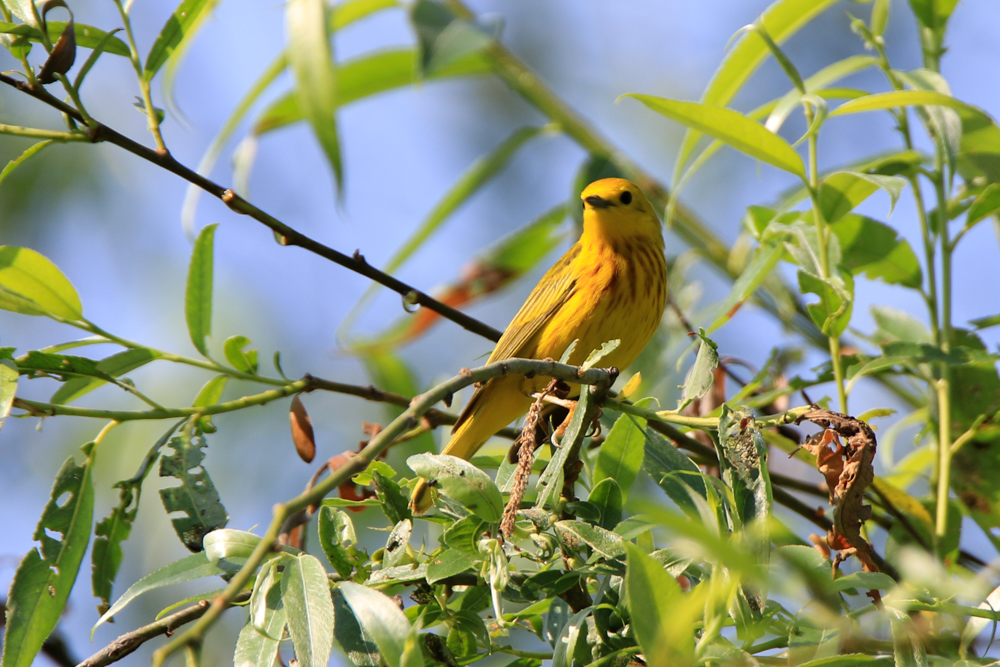

No comments:
Post a Comment